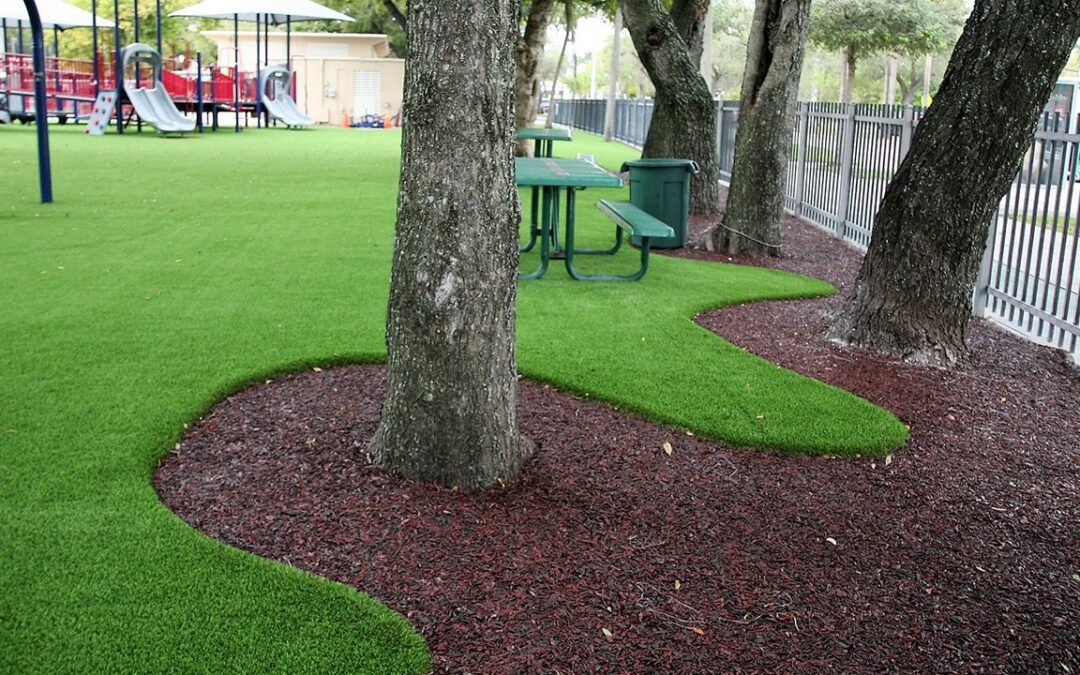In Los Angeles, artificial grass is a more and more common option for companies and households. It has shown to be a flexible and environmentally friendly landscaping choice that needs little upkeep, saves water, and resembles actual grass.
One of the most noticeable ways artificial grass is changing the landscapes of Los Angeles is by enabling locals to design outdoor areas that are both attractive and practical. Given Southern California’s temperate climate, outdoor living areas are a need for many Angelenos. Unfortunately, real grass lawns need ongoing maintenance and frequently turn dry and yellow during dry spells. Contrarily, fake grass creates a lush, green environment that looks perfect all year round, making it the perfect option for outdoor locations such as patios, rooftops, and balconies.
In Los Angeles, artificial grass is also crucial to efforts to conserve water. Water conservation is a crucial issue for the city because it is located in one of the driest areas of the country. Artificial grass eliminates the need to water, which is necessary to maintain the health of natural grass lawns. This lowers water bills for homes and businesses while also assisting in water conservation.
The usage of artificial grass in public areas is another way it is influencing Los Angeles landscapes. Often, lush, green lawns that can tolerate high foot traffic and extreme weather conditions are needed for parks, playgrounds, and sports fields. Synthetic grass can withstand demands that natural grass might not be able to. Artificial grass is made to resist high use, is long-lasting, and needs little to no upkeep. This makes it the perfect option for urban public spaces.
Additionally, fake grass is influencing how companies view their outdoor spaces. Nowadays, many businesses choose artificial grass for their exterior spaces, including courtyards and employee break areas. This lowers maintenance expenses and water usage while enabling businesses to create a warm and welcoming environment for both staff and guests.

